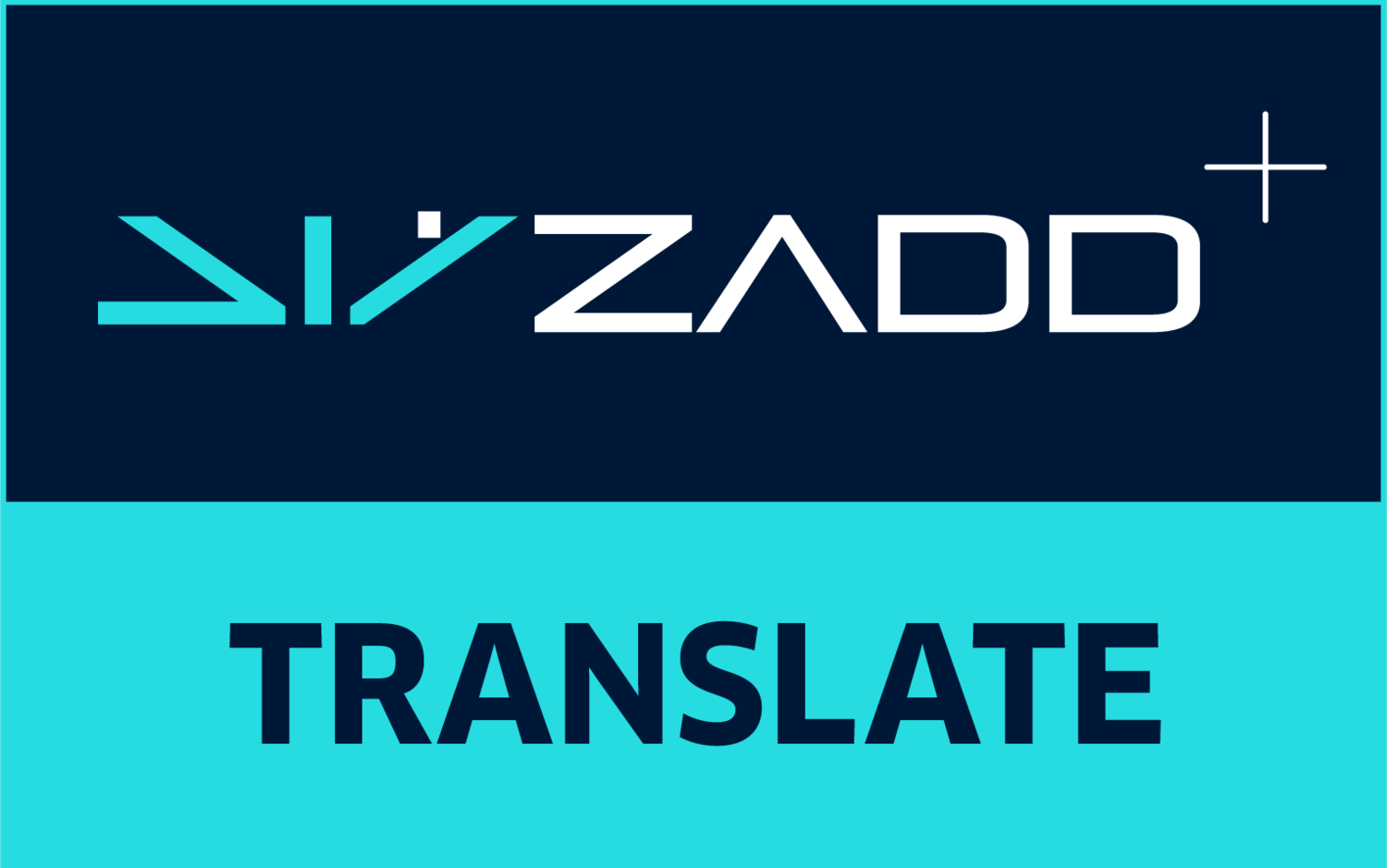Human and Machine Translation: The Best of Both Worlds
In a world of changing dynamics and excessive obsession with speed, the necessity increases for new technologies that “enable machines to work more like humans, so that humans do not have to work like machines.”[i]
The translation industry is no exception to this rule given the increasing need for quality and at the same time speedy and effortless translation, prompting research efforts and applications on machine translation (MT).
The Beginning…
The early stages of MT date back to the 1930s, when it was set to help in particular types of texts to accommodate the need for a larger number of translators way beyond the labour market capacity.
One of the first success stories that proved the MT’s efficiency in technical texts was the Canadian Météo Machine Translation System (1981-2001), which could offer accurate translation for the climate forecast between English and French without the need for human editing[ii].
From that time on, both computational linguists and programmers have embarked on a journey to develop this promising technology, hoping it will introduce a revolutionary product to the translation market.
Meanwhile, translators were both concerned and doubtful about how advanced the machine would be, and whether it would ever be able to replace human translators!
MT Evolution…
The various types of MT software either fall into the category of generic machine translation, which handles any type of texts; or into the custom machine translation category, which is programmed to meet specific needs.
The primary types of MT include Statistical Machine Translation (SMT), Rule-based Machine Translation (RBMT), and Hybrid Machine Translation (HMT). While SMT is a word-based model that generates equivalents to the text using the analysis of bilingual corpora, RBMT – as its name indicates – relies on the grammatical analysis of texts. HMT, on the other hand, employs the SMT and RBMT among other various models in a single machine to enhance the output quality[iii].
These three types were the most common a decade ago, providing a primary output that helps understand the gist of a text, but requiring a large-scale post-editing or even a re-translation if texts are intended for publishing.
The most recent type of machine translation is Neural Machine Translation (NMT). Unlike the traditional SMT models, the NMT comprises two major components, an encoder and a decoder that are trained based on a corpus of a specific language pair[iv]. Since it is based on artificial intelligence and machine learning, this model proved to be the most effective so far.
The MT Reality Today
Undoubtedly, human translators still have the upper hand in creative fields of translation such as literature, marketing content, and texts with culture-specific elements. Despite the great advances MT has made, it is still unable to reach the sophistication of human translation, immediately proving its failure when dealing with literary or metaphorical language.
The cherry on the top, however, was the adoption of a hybrid approach that combines the best of both worlds, which is post-editing the machine-translation output. Linguists and translators have managed to suggest editing tips capable of rendering the MT-generated translation as a final product that they can satisfactorily offer to clients.
ZADD Efforts in NMT
Believing in the power of technology in aiding human productivity, ZADD’s IT team initiated ZADD Translate project, which is an NMT software trained using high-quality bilingual corpora produced by ZADD’s team of professional translators and linguists.
Since its pilot phases and until now, the project has undergone constant evaluations and assessments to provide constructive feedback and enhance the output quality. The NMT is used besides a set of other computer-assisted translation (CAT) tools such as translation memories and termbases, all in the hands of knowledgeable translation experts to make the best use of them.
Point is…
It is now the time to look for more innovative technologies and utilise them to foster high-quality production with a minimum effort in record time. As the American writer Stewart Brand suggests: “Once a new technology rolls over you, if you are not part of the steamroller, you are part of the road.”
[i] Source: Quote by Omniscien Technologies, a leading global company for Human Language Technology Enhanced by Artificial Intelligence
[ii] Source: Article Titled “MT: A Positive View” by Nadia Sabbah. Retrieved from https://www.translationjournal.net/January-2017/mt-a-positive-view.html
[iii] Source: Article Titled “The Different Types of Machine Translation”. Retrieved from https://lingo-star.com/different-types-machine-translation/?v=4326ce96e26c
[iv] Source: Research Paper Titled “Generating Noun Declension-case markers for English to Indian Languages in Declension Rule based MT Systems” by Jayashree Nair. Retrieved from https://www.researchgate.net/figure/Types-of-Machine-Translation-Systems-8_fig2_330336649
